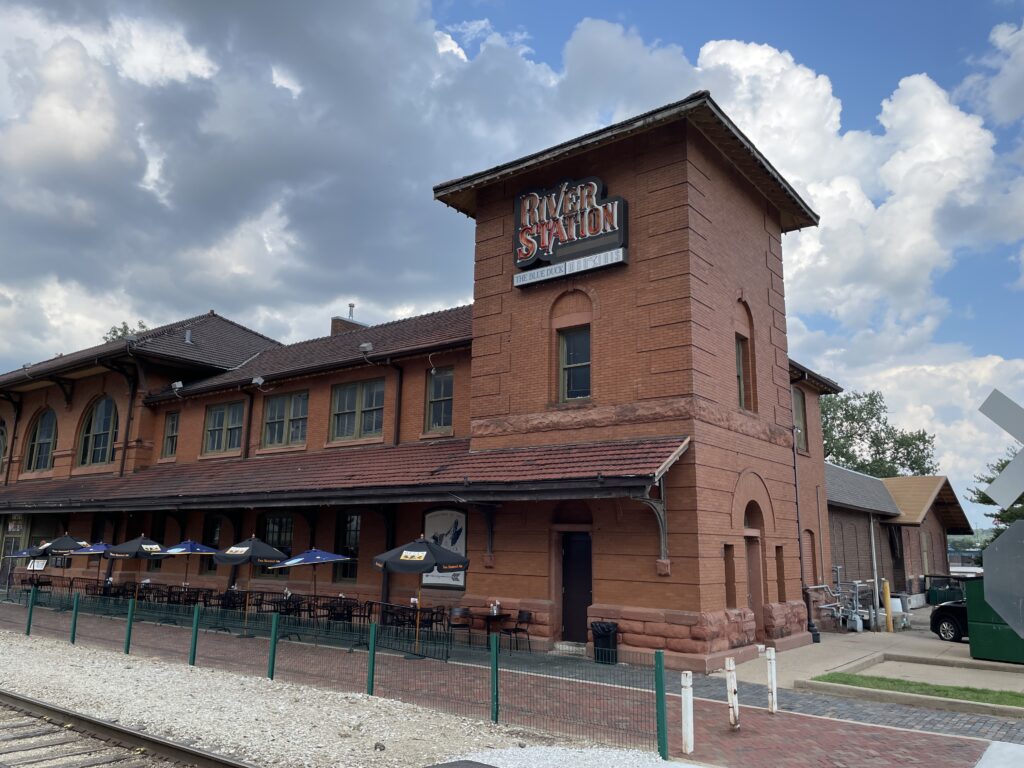
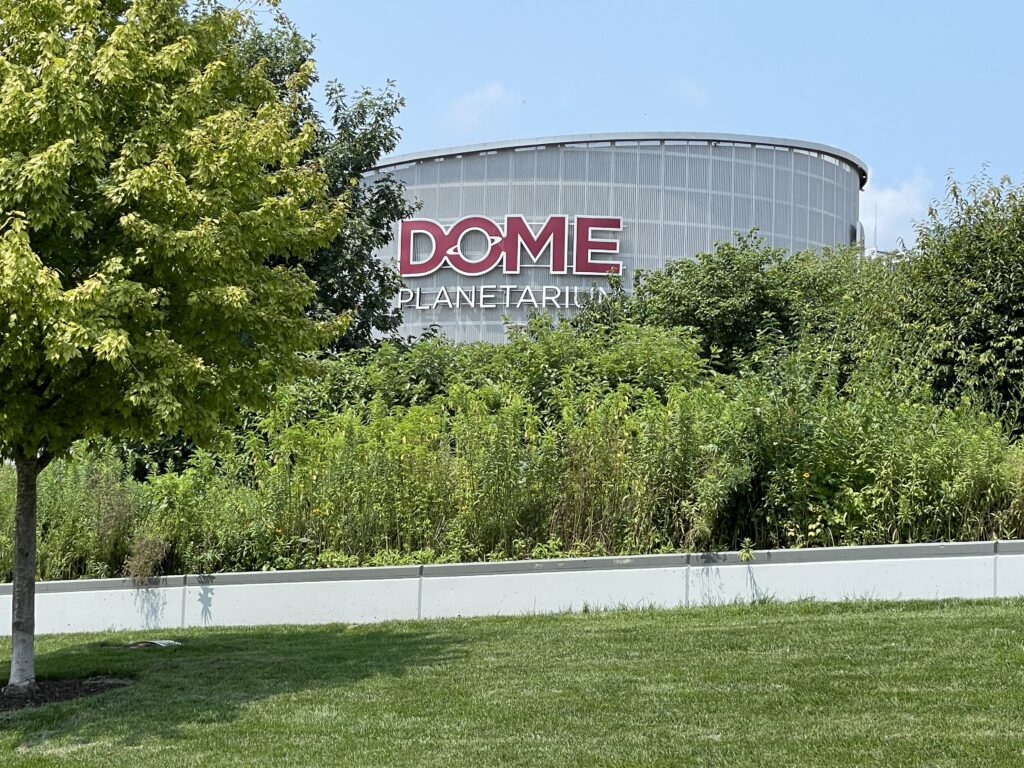
The Dome Planetarium adjacent to the museum.
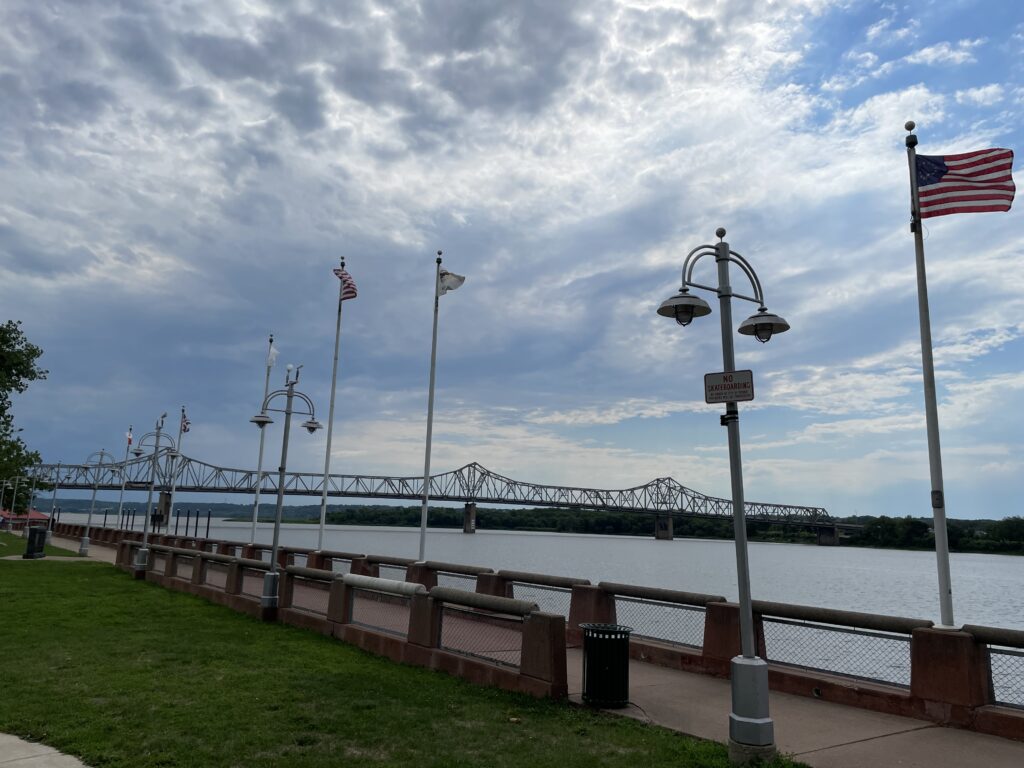
The Murray Baker Bridge carries traffic into downtown RiverFront District.
All photos by Cheryl Eichar-Jett.
The Peoria Riverfront – From Early Illinois History to World Class Attractions
By Cheryl Eichar-Jett
If you’re looking for something different to see, an Illinois attraction or two that you haven’t visited, and something to do on a pretty winter day, I recommend a visit to the Peoria Riverfront District. There, you can see a wide range of exhibits at the Peoria Riverfront Museum, enjoy the Dome Planetarium, check out more history at the Caterpillar Visitors Center, vow to come back to The Landing during the summer concert season, and have a great meal at the Blue Duck Barbecue Tavern or another choice from the many eateries nearby.
The Peoria RiverFront District is now a modern neighborhood with plenty of attractions and amenities, but there’s a fascinating history that preceded it. The City of Peoria is named for the Peoria tribe, part of the Illinois Confederacy of Native Americans. French explorers visited the area in the late 1600s and established a village along the river.
During the War of 1812, American forces attacked the native and French villages, transported the French inhabitants downriver, and pushed the natives westward before constructing Fort Clark on the riverfront. The fort was built in 1813 just south of the corner of Liberty and Water Streets – that’s the intersection where you’ll find the Peoria Riverfront Museum and the Rock Island Depot and Freight House during your visit!
During the 1800s, Peoria grew into one of Illinois’ biggest cities. Raw materials, crops, and goods came and went on the Illinois River, and manufacturing and warehousing of various industries developed along the riverfront. Plentiful resources for breweries and distilleries, such as grain crops, spring water, transportation, and wood and coal for fuel inspired the establishment of about 100 breweries and distilleries. In the 1880s, the Great Western Distillery was built, one of the largest in the world, leading to Peoria’s reputation as the Whiskey Capital of the World until the Prohibition Era of the 1920s.
With the mid 20th century decline in riverfront industries, the warehouse district deteriorated into neglected structures and spaces as the river became merely a reminder of a once-vibrant era. But this very decline reminded the city of its potential and created a focus on the revival of the riverfront.
In 2012, the Peoria Riverfront Museum and Dome Planetarium was established to tell the area’s story in a new and unique way. The only museum of its kind in the U.S., the multidisciplinary facility combines science, history, art, and achievement in a soaring and inspiring 87,000-square-feet building designed by Dewberry Architects. Its environmental sensitivity earned it a LEEDS Gold rating and the outdoor spaces surrounding it are ecologically conscious. The museum features five large galleries (plus 30 small display spaces), a 70-foot Giant Screen theater, the 40-foot Digistar 7 planetarium, gift shop, snack bar, and spacious lobby.
Next to the museum, the Caterpillar Visitors Center was also established in 2012. There, visitors can take a virtual ride in a mining truck and operate equipment on the simulators. Interactive displays and exhibits show off trucks from vintage era to the modern age and huge diggers and tractors, and the Visualization Center and the Future Theater give you a peek at the future. As a bonus, the grounds and landscaping around both the museum and the visitor center are gorgeous, well-maintained, and ecologically sensitive.
Across the street from the museum and the center stands the 1899 Rock Island Depot and Freight House, a beautiful two-story redbrick railroad station and freight house, a reminder of Peoria’s bustling past association with both passenger and freight trains. After the last train left the station in 1978, the building became known as River Station and has since housed restaurants and bars. Currently, it’s occupied by Martinis on Water Street and The Blue Duck Barbecue Tavern. A bit farther east along Water Street stands The Landing, an outdoor event space which offers a summer season of concerts. On the east side of The Landing is beautiful Liberty Park, featuring green space, flower gardens, and the Lady Liberty Monument to the First Female Fighter Pilots.
Following a period since the 1990s of revitalization efforts, the Peoria Riverfront Revitalization Project was established as a multiple initiative alliance to upgrade infrastructure, remediate the industrial legacy, create public spaces, and encourage cultural attractions. Green spaces, a wide walking/biking path, and public art now welcome visitors and community to enjoy the area and its attractions.
You’ll have to just imagine Fort Clark, and the various former inhabitants – Native American, French, American – going about their daily activities along the riverfront. But you’ll enjoy the 21st Century version of Peoria’s Riverfront District!
IF YOU GO: From the I-55 corridor, interstates I-155 or I-74 will take you west to cross the Illinois River on the Murray Baker Bridge to downtown Peoria, the Riverfront District and other historic districts, plus attractions, lodging, and restaurants. For more information go to visitdowntownpeoria.com or visit peoriariverfrontmuseum.org.

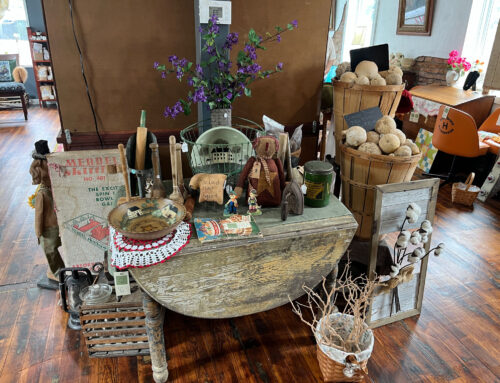
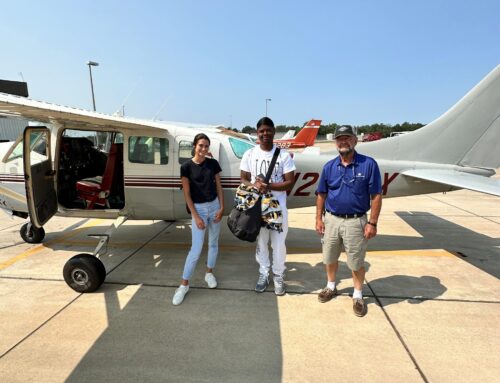
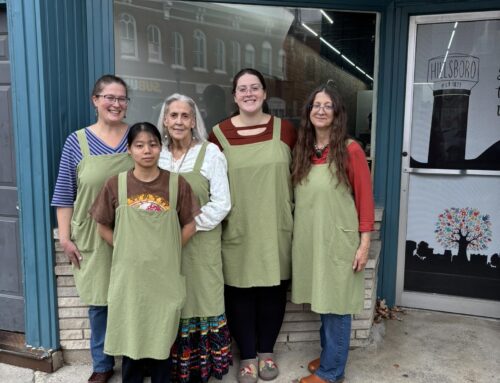
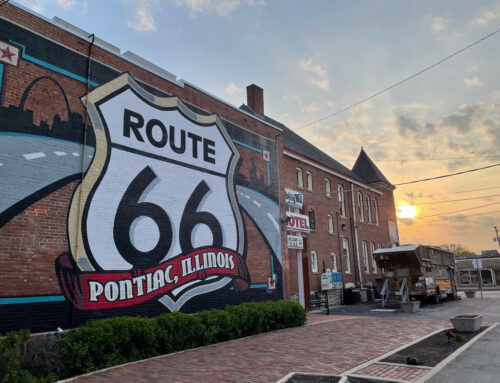
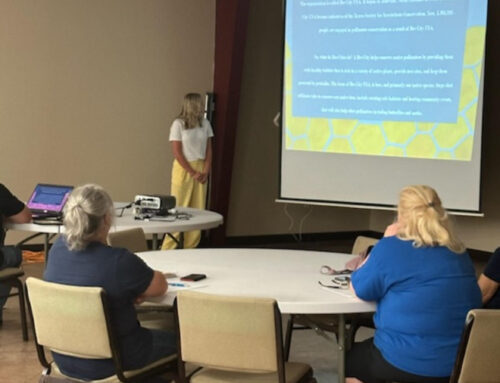
Leave A Comment